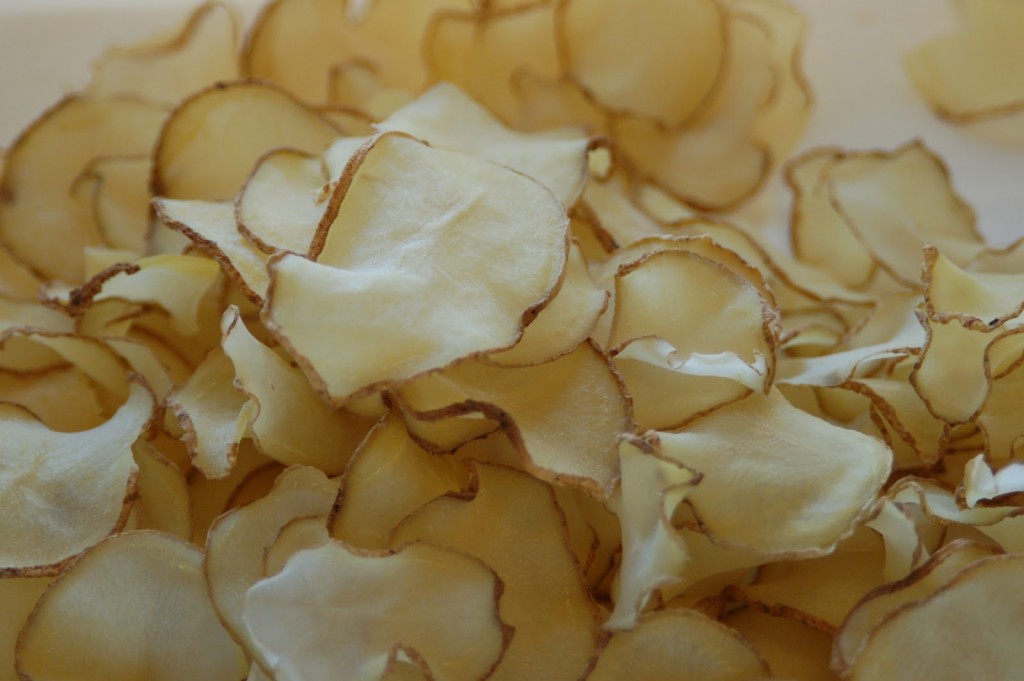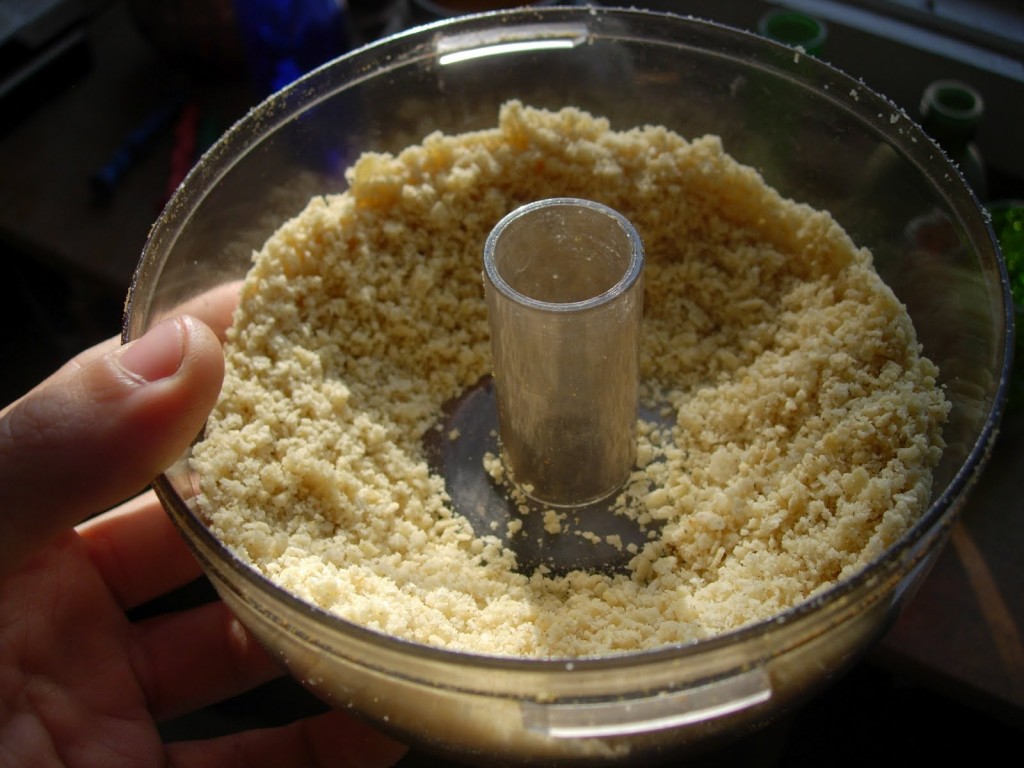The Amazing Benefits of Dehydrated Potatoes
Dehydrating white potatoes is a very easy process that can yield amazing results on a few different levels. However, it is not a very common practice as the emphasis seems to be on storing whole potatoes. Let’s look at some of the advantages of dehydrating them as well as what the process entails.
Potatoes are heavy, bulky and sensitive to moisture. Storing them requires a considerable amount of space as well as the ability to maintain stable temperature and moisture conditions. Potatoes can also be canned, but that process also involves a lot of preparation and storing them requires space as well. Dehydration can eliminate all of these problems while still giving you a food source that provides a staple supply of nutrients and carbohydrates.
Preparing the Potatoes
All you need to do is wash, peel and cut out bad parts of the potatoes. Cut them into chunks and boil them in water until they become soft, just as you would when making mashed potatoes. Once they are soft, remove from heat but do not drain the water. Instead, mash the potatoes in the pot, using the water to make them soft and smooth. Do not use milk, oil, butter or anything else but water, otherwise the potatoes will become rancid during storage.
Once the potatoes are mashed, place them on a dehydrator sheet. You can also use a baking sheet with a fine mesh rack placed on top. This will allow for the movement of air as moisture escapes the potatoes. Spread the potatoes thin over the sheet until they cover the surface. Make the layer is thin as possible in order to speed up the drying time and to eliminate the chances of hidden pockets of moisture producing mold later on.
Place the sheets in the oven at a temperature around 140 degrees. If your oven does not go that low, place the temperature setting at its lowest setting and prop the oven door open slightly. This will allow some of the hot air to escape and reduce interior temperatures. It should take about 12-18 hours for the potatoes to dry, but this will vary depending on a number of factors such as your oven, ambient air temperature and the type and thickness of the potatoes.
The potatoes will begin to break apart into jagged pieces and crinkle up as they dry. Wait until the pieces can be broken with little resistance. They shouldn’t be spongy or bendable. You should be able to snap them with minimal effort, and little pieces will fall or flake off. Remember that you want as little water as possible, so it’s better to be cautious and give the potatoes some extra time before taking the next step.
Processing the Potatoes
Place the completely dried potato pieces into a food processor or blender and grind it up. You don’t necessarily need to grind the potato into a fine powder, but you want to keep the sizes of bits and pieces to a minimum. This will help to release additional moisture while making it easier to re-hydrate the potatoes later. Feel through the flakes and powder to ensure that you’re not detecting any moisture. If so, take the powder and spread it on a baking sheet and place it back in the oven.
You can store the flakes as soon as they have dried. Place them in a mason jar, fill as desired and seal. You can also vacuum seal the flakes in Mylar bags for maximum shelf life. Good processing and storage can leave you with a batch that can last anywhere from one to two years as long as moisture and air are removed.
All you need to do is add some hot water and stir in order to re-hydrate them. You can literally get a bag of potatoes into a couple of jars, and this makes building a stockpile less space and time-consuming. Try it for yourself and see how this trick can dramatically enhance your access to an essential food source.




